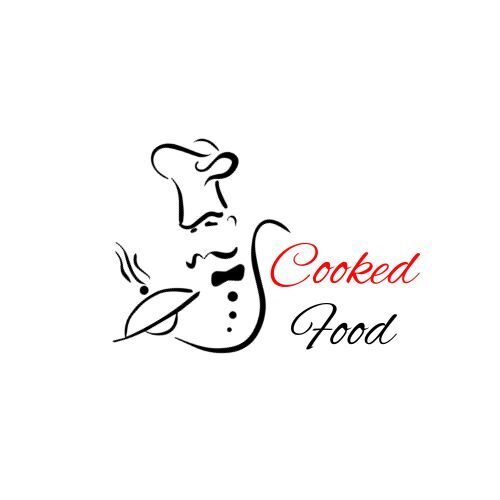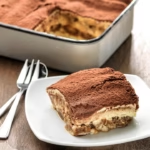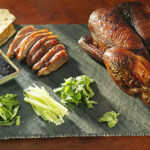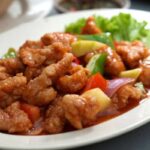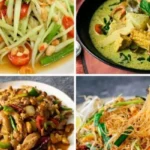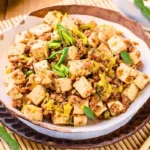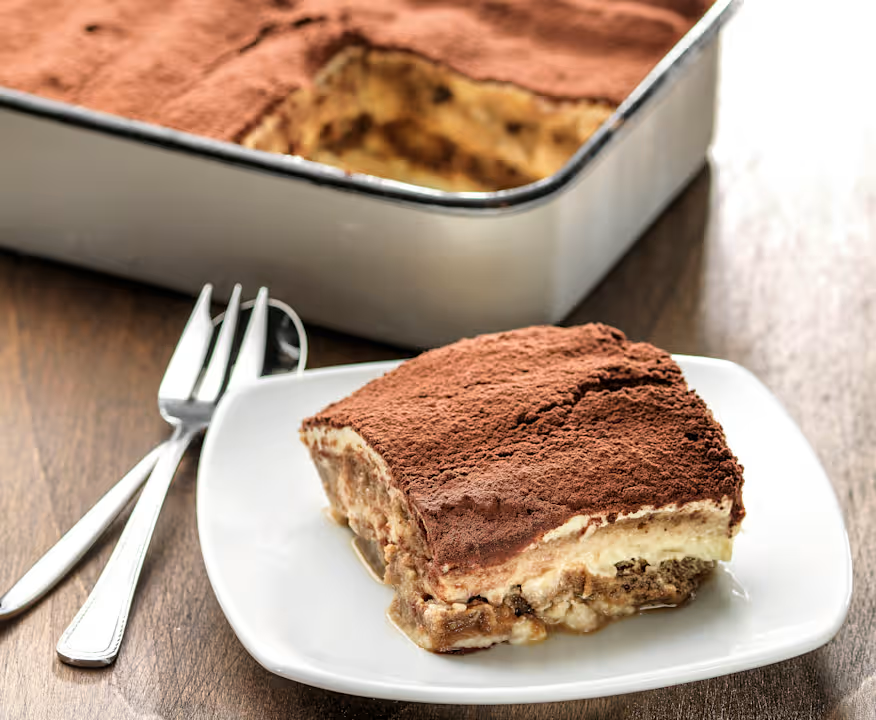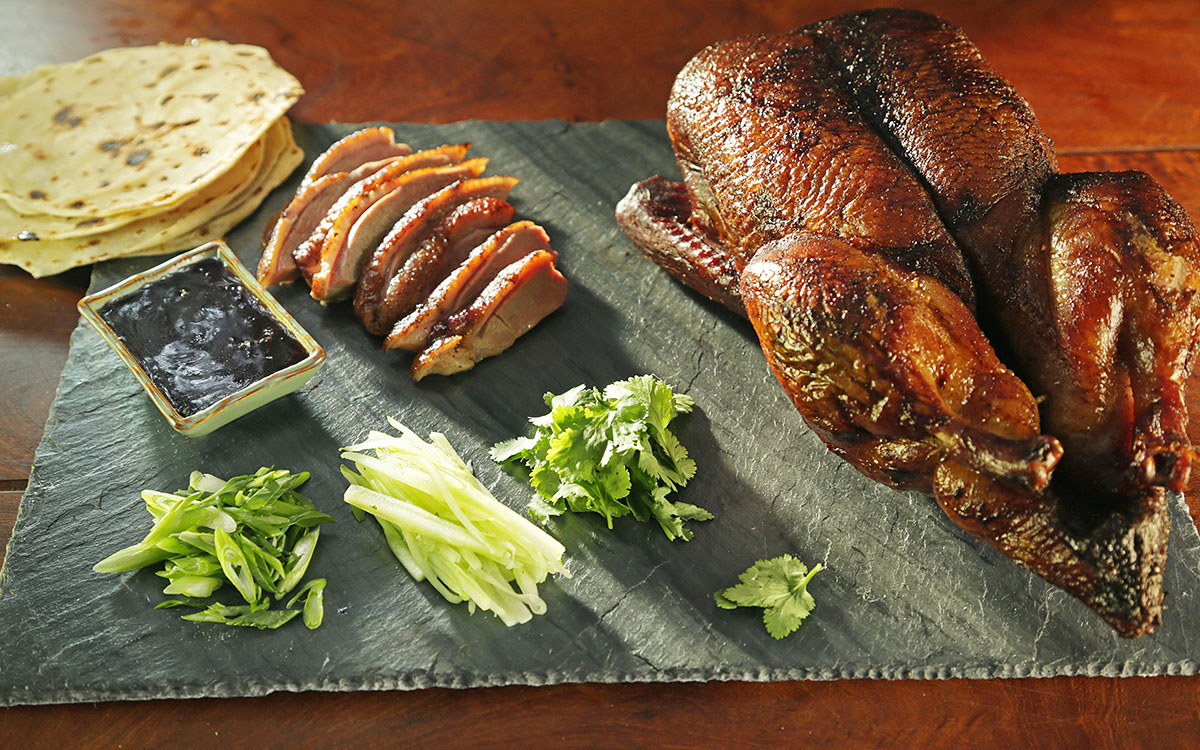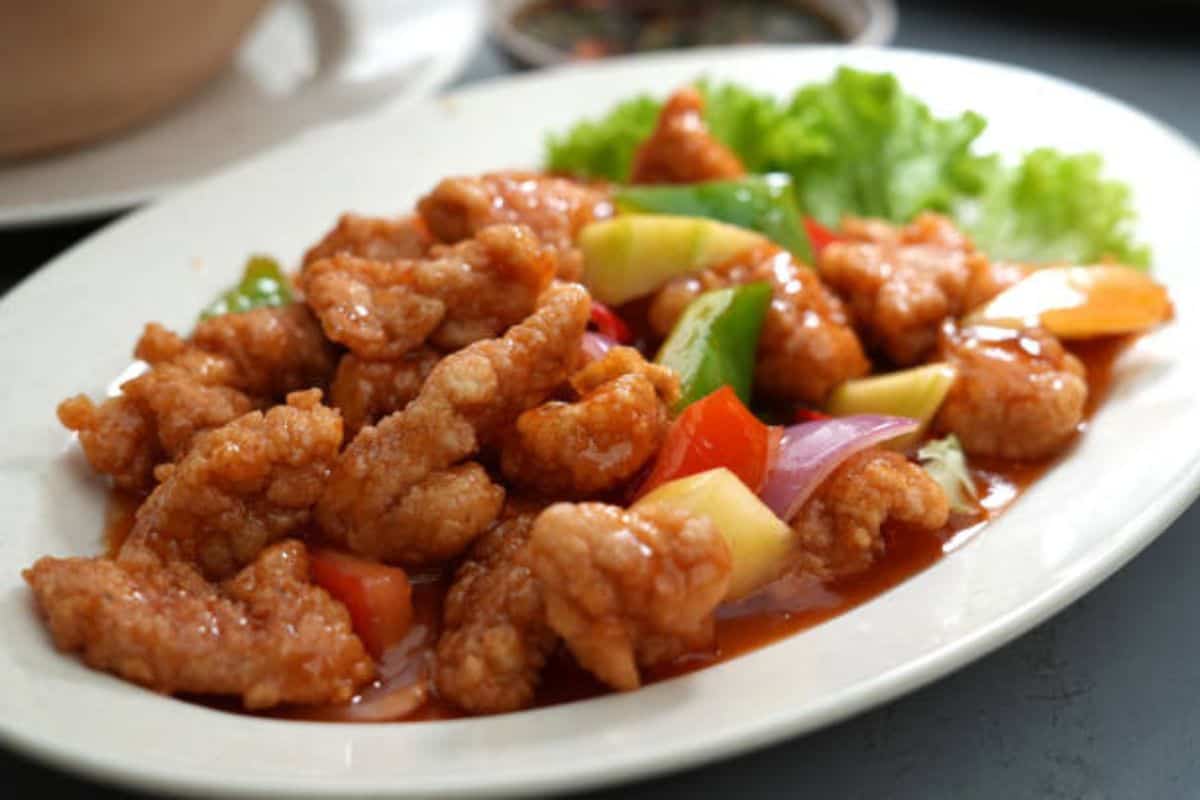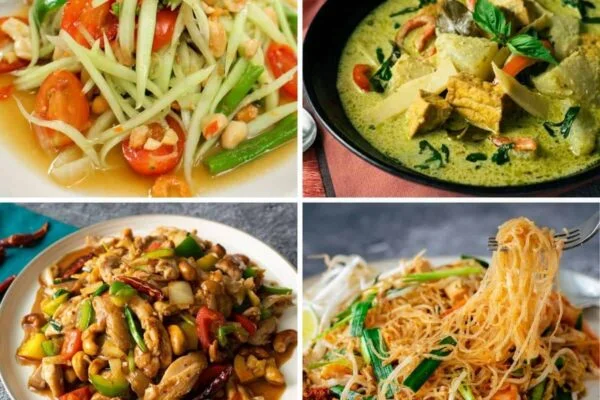Peking Duck: Timeless Elegance of a Chinese Culinary Icon
One of the most revered dishes in Chinese cuisine, Peking Duck is a masterwork capturing China’s flavours, history, and artistic sensibility. Celebrated for its crispy skin, soft meat, and careful cooking, this dish has also influenced French cuisine among other gastronomic traditions all around. Foodies should definitely read this in-depth blog about the origins, preparation, cultural relevance, and worldwide impact of Peking Duck.
The Beginning of Peking Duck
The Yuan Dynasty (1271–1368) is where Peking Duck first emerged as a delicacy only for nobility. This meal developed into a gastronomic art form over ages, a mainstay of Beijing cuisine. Peking Duck is an emblem of Chinese culinary excellence since of its distinctive cooking methods and flavours.
Perfect preparation for the meal came from Ming Dynasty air-drying the duck and roasting it in a specialist oven. Peking Duck is highlighted in historical accounts from this era as a preferred meal at royal banquets, representing luxury and exacting workmanship. Still a pillar of Chinese banquet cuisine today, Peking Duck combines innovation with heritage.
Peking Duck meets French cuisine.
Peking Duck is clearly Chinese, otbut its cooking and presentation speak to the grace of French cuisine. Bh cooking stress accuracy, harmony, and appearance.
Precision: The careful air-drying of the duck and obtaining exactly crispy skin reflects the attention to detail in making French confit de canard.Peking Duck harmonises the savoury richness of the flesh with sweet hoisin sauce and fresh accompaniments, much as French cuisine balances tastes in dishes like duck à l’orange.
Presentation: Peking Duck tableside’s graceful slicing recalls French culinary theatres, hence transforming eating into a work of art.This cross-cultural link emphasises how excellent cuisine celebrates universal qualities of taste and workmanship, therefore transcending boundaries. Actually, contemporary French versions of Peking Duck sometimes subtly reference its Chinese origins by adding Asian spices or presenting it with classic accompaniments like pancakes.
Peking Duck Preparation: The Art
Making Peking Duck calls for knowledge, patience, and dedication as well as labour of love. The process consists in several important phases:
Selection: Real Peking Duck uses just particular duck breeds, like the White Beijing Duck. These ducks are grown especially to guarantee the proper ratio of meat to fat.The duck is washed, air-dried, and sweet glazed to accentuate its taste and crispiness. To guarantee an incredibly crispy finish, this stage entails blowing the duck’s skin to separate it from the fat layer.
Usually roasted in a wood-fired oven, Peking Duck guarantees consistent cooking and smells like smoke. To get comparable outcomes, modern kitchens could employ cutting-edge methods as convection roasting.Precision in slicing the roasted duck produces bits of crispy skin and tender meat. From one duck, a talented cook can create over one hundred consistent pieces.
Peking Duck is a real gastronomic masterpiece since every stage demonstrates the commitment and knowledge of Chinese chefs. From farm to table, the whole process emphasises the dedication to excellence and history that defines this meal.
Variations in Peking Duck Regional Style
Although Peking Duck originated in Beijing, varieties of the cuisine have developed all throughout China and beyond. These local turns provide its already rich heritage more variation:
With honey-glazed skin and a somewhat different roasting method, Cantonese-style Duck emphasises on a sweeter marinade.
Duck from Shanghai-style: Usually presented with rice or noodles, this variation stresses strong, savoury tastes by using regional spices.
Global Variations: Peking Duck is occasionally accompanied creatively in nations like France and the United States with truffle-infused hoisin sauce or foie gras.
These differences draw attention to how Peking Duck keeps changing while yet preserving its basic character.
A Culinary Experience: Appreciating Peking Duck
Peking Duck is an experience as much as a meal. This is what distinguishes it so particularly:
Crispy skin is like Peking Duck’s distinctive golden-brown, crackling skin—achieved by careful roasting techniques—defines it.
Benevolent meat behind the crispy outside melts in your lips and is flavourful. One of the defining elements of the dish is the variation in the textures.
Complementing notes: Traditionally, Peking Duck is presented alongside thin pancakes, hoisin sauce, scallions, cucumbers, so enabling guests to build their own wraps. These components deepen the taste and texture, therefore improving the whole experience.
Many eateries cut the duck tableside to provide a visual feast for the dining experience. Seeing a chef deftly cut the duck is evidence of their talent and enhances the dinner.
Assembling their own wraps and sharing the meal together gives diners a celebration and a connection.
The Worldwide Impact of Peking Duck
Peking Duck’s appeal has spread outside China and affected cooking customs all around. Chefs in France have modified the meal using local foods, adding foie gras or orange glaze to produce fusion versions. current Peking Duck versions, which combine traditional techniques with current flavours, have also surfaced in fine dining all around.
Chefs in New York and London have reinvented Peking Duck as part of fusion dishes, combining it with avocado or wasabi.
Michelin-starred restaurants may highlight Peking Duck as a distinctive dish, therefore boosting its reputation on the international gastronomic scene.
This cross-cultural dialogue emphasises Peking Duck’s adaptability and capacity to inspire innovation in kitchens all around.
Peking Duck and Chinese Tradition
Peking Duck is a symbol of hospitality, celebration, and legacy in Chinese society rather than only cuisine. Around celebratory events, families and friends frequently assemble around this dish to share stories and laughs as they savour its rich tastes.
The shared element of savouring Peking Duck reflects the conviviality of French dining, when meals serve as a celebration and a moment for interaction. This shared cultural value closes even further the divide between East and West.
Peking Duck also is rather important in Chinese diplomacy. As a token of goodwill, it has been presented to world leaders and foreign dignitaries highlighting the finest of Chinese hospitality and gastronomic creativity.
Conventions of Health and Sustainability
Although Peking Duck is unquestionably good, some customers could be concerned about its environmental effect and health issues:
Nutrition: Peking Duck’s crispy skin causes it to be heavy in fat even if it is rich in iron and protein. Choosing fewer amounts and combining it with fresh veggies can help it to be a balanced option.
Ethical sourcing of ducks and sustainable farming methods are becoming more popular to guarantee that the meal fits current values.
Mindful decisions allow patrons of Peking Duck to support environmentally friendly cooking methods while guilt-free consumption is enjoyed.
Guide for the Ideal Peking Duck Experience
Select real restaurants. Seek out businesses that specialise in classic Peking Duck, ideally ones with a wood-fired oven.
Accept the Ritual: Spend some time appreciating the experience—that is, the slicing and presenting process.
Combine with tea or wine; traditional Chinese teas like jasmine or oolong accentuate Peking Duck’s flavours. On the other hand, a light red wine or sparkling wine might accentuate the dinner.
Try some wraps. Combine the accompaniments to get original taste combinations for your wraps.
The Prospect of Peking Duck
Peking Duck keeps changing when world cuisine develops. To satisfy a range of palates, chefs are experimenting with creative culinary methods, plant-based substitutes, and fresh flavour combinations. Still, Peking Duck’s core—its long history, careful cooking, and communal energy—remains unaltered.
Enjoyed in a modern fusion restaurant in Paris or a classic Beijing restaurant, Peking Duck maintains its reputation as a gastronomic icon and brings people together with its ageless appeal.
At last
Peking Duck is evidence of the legacy and skilfulness of Chinese cuisine. Its soft meat, crispy skin, and harmonic tastes make it a meal that appeals to people all around, across boundaries. Peking Duck keeps inspiring chefs and delighting food enthusiasts by combining innovation with heritage, therefore crossing cultural gaps and honouring the universal appreciation of excellent cuisine.
Thus, the next time you have the opportunity to enjoy Peking Duck, stop to consider the history, talent, and love that go into every morsel. From its royal beginnings to its worldwide praise, Peking Duck is really a gastronomic marvel deserving of tasting.
